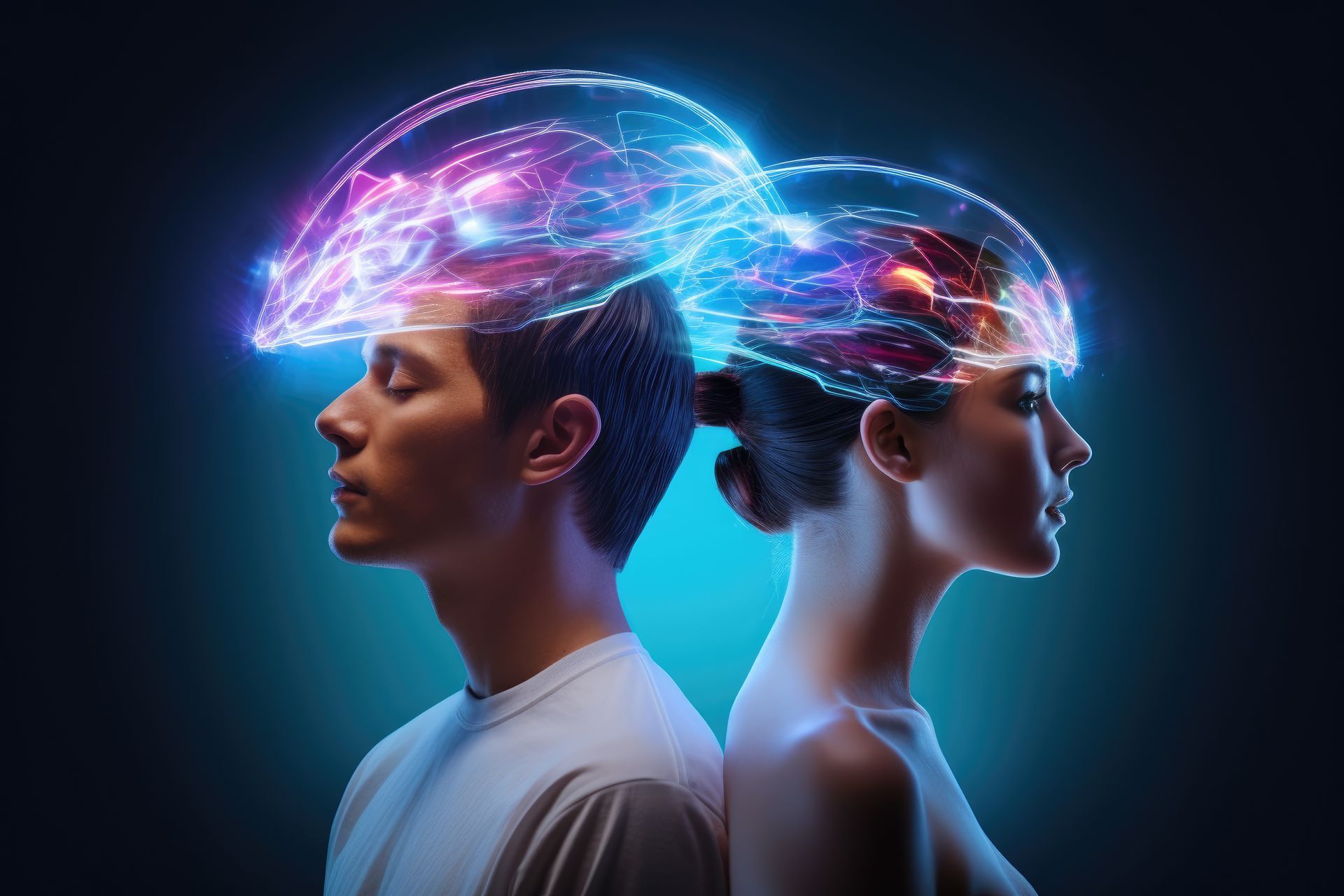How to Cultivate Emotional Resilience
Emotional resilience is an essential skill for navigating the ups and downs of life. It refers to the capacity to adapt and recover from stress and adversity. Resilience is crucial for managing anxiety, overcoming obstacles, and maintaining mental well-being. By fostering this trait, individuals can enhance their quality of life and achieve personal growth.
Psychologically, resilience involves cognitive flexibility, emotional regulation, and a positive outlook. It serves as a protective buffer against mental health issues, enabling individuals to handle challenges more effectively. Historical figures like Nelson Mandela are prime examples of resilience, having persevered through long periods of hardship while maintaining hope and determination.
Techniques for Building Emotional Resilience
One effective technique for building resilience is cognitive restructuring. This process involves identifying and challenging negative thought patterns and replacing them with positive, realistic alternatives. By shifting one's mindset, individuals can manage stress more effectively and cultivate a resilient attitude.
Emotional regulation skills, such as mindfulness and meditation, can significantly enhance resilience. These practices encourage staying present, managing emotions, and reducing stress. Research indicates that mindfulness-based interventions improve emotional regulation and foster resilience.
Problem-solving strategies are essential for overcoming obstacles and building resilience. By approaching challenges with a clear plan and exploring various solutions, individuals can navigate difficulties more effectively. Techniques like brainstorming and breaking down problems into manageable steps can aid in this process.
The Role of Supportive Networks
Social connections play a crucial role in building emotional resilience. A strong support network offers emotional support, practical assistance, and a sense of belonging. Studies show that social support can mitigate the effects of stress and enhance resilience.
Building supportive relationships requires open communication, empathy, and mutual respect. Maintaining these connections demands effort and commitment, but the benefits of resilience are substantial. Community and group support, including online platforms, can also promote resilience by providing shared experiences and resources.
Cultural Perspectives on Resilience
Different cultures have unique approaches to resilience, often shaped by cultural values and beliefs. In Miami, FL, the diverse cultural landscape fosters resilience through community support and collective strength. New York, NY, with its fast-paced environment, encourages adaptability and perseverance. Meanwhile, Austin, TX, emphasizes individuality and creativity in overcoming challenges.
Globally, initiatives like the Global Resilience Partnership work to promote resilience through collaboration and shared knowledge. These efforts highlight the importance of cultural context in understanding and building resilience.
The Science Behind Resilience
Biologically, resilience is influenced by genetic factors and neuroplasticity. Genetic predispositions can affect an individual's ability to cope with stress, while neuroplasticity allows the brain to adapt and change in response to experiences.
Recent psychological research has provided insights into the mechanisms of resilience. Studies have demonstrated that resilience is linked to positive mental health outcomes, such as reduced anxiety and depression. Understanding these connections can
inform interventions and support strategies for enhancing resilience.
Resilience Training Programs
Various resilience training programs and workshops are available to help individuals build resilience. These programs often incorporate evidence-based approaches, such as cognitive-behavioral techniques and mindfulness practices, to enhance resilience.
Online resources and tools for self-guided resilience training are also accessible. Organizations like the American Psychological Association offer valuable information and exercises for building resilience.
Personal Stories of Resilience
Inspiring personal accounts of resilience offer valuable insights and motivation. Individuals who have overcome significant challenges often share strategies such as maintaining a positive outlook, seeking support, and embracing change. These stories underscore the importance of resilience in achieving personal growth and well-being.
Reflecting on personal experiences can also reveal moments of resilience. By identifying these instances, individuals can recognize their strengths and apply them to future challenges.
Overcoming Barriers to Resilience
Common barriers to building resilience include fear of failure and lack of support. Recognizing these obstacles is the first step in overcoming them. Practical strategies, such as setting realistic goals and seeking professional guidance, can help individuals develop resilience despite these challenges.
Resources for additional help, including professional mental health services, can provide support for those struggling to build resilience. In Miami, FL, New York, NY, and Austin, TX, services like Vital Psych MD offer comprehensive mental health care tailored to individual needs.
Future Directions in Resilience Research
Emerging trends in resilience research focus on the potential impact of resilience on mental health practices. Technological advancements, such as apps and virtual reality, are being explored to study and enhance resilience. These tools offer innovative ways to support resilience building and mental health.
Potential challenges in resilience research include ethical considerations and accessibility issues. Addressing these challenges is essential to ensure that resilience research benefits diverse populations.
Practical Tips for Everyday Resilience
Incorporating resilience-building habits into daily routines can strengthen resilience. Simple practices, such as maintaining a positive mindset and engaging in regular self-care, can support mental well-being. Continuous learning and adaptation are also important in the journey towards greater resilience.
Exploring Resilience in Different Life Stages
Emotional resilience is not static and can change throughout
different life stages. During childhood, resilience can be nurtured through supportive parenting and a stable environment. As individuals transition into adolescence, peer relationships and identity exploration play significant roles in shaping resilience. In adulthood, career challenges, relationships, and life transitions continue to test and build resilience.
The Impact of Resilience on Physical Health
Resilience is not only beneficial for mental well-being but also has a positive impact on physical health. Research has shown that individuals with higher levels of resilience tend to have better immune function and lower levels of inflammation. This connection between resilience and physical health underscores the importance of fostering resilience for overall well-being.
Resilience in the Workplace
In the workplace, resilience is a valuable asset that contributes to job satisfaction and performance. Employees who exhibit resilience are better equipped to handle stress, adapt to change, and maintain productivity. Organizations can support resilience by creating a positive work environment, offering professional development opportunities, and promoting work-life balance.
The Role of Education in Building Resilience
Educational institutions play a crucial role in building resilience in students. By incorporating social-emotional learning into the curriculum, schools can equip students with the skills needed to navigate challenges. Programs that focus on problem-solving, emotional regulation, and stress management can help students develop resilience and succeed academically.
Resilience in Relationships
Resilience is also important in maintaining healthy relationships. Couples who exhibit resilience are better able to navigate conflicts, communicate effectively, and support each other through difficult times. Building resilience in relationships involves fostering trust, empathy, and open communication.
The Connection Between Resilience and Creativity
Resilience and creativity are interconnected, as both involve adaptability and problem-solving. Creative individuals often demonstrate resilience by using their creative skills to overcome obstacles and find innovative solutions. Encouraging creativity can, therefore, be a pathway to building resilience.
The Importance of Self-Compassion in Resilience
Self-compassion is a key component of resilience, as it involves treating oneself with
kindness and understanding during difficult times. Practicing self-compassion can help individuals navigate challenges without self-criticism, allowing for greater emotional resilience.
Emotional resilience is an invaluable skill that empowers individuals to navigate life's challenges with strength and adaptability. By understanding the psychological, cultural, and biological aspects of resilience, individuals can employ effective techniques to build and enhance this trait. Whether through cognitive restructuring, supportive networks, or personal stories of triumph, resilience can be cultivated in various ways. As research continues to uncover new insights and strategies, the potential for resilience to improve mental and physical health becomes increasingly evident. Embracing resilience as a lifelong journey can lead to personal growth, well-being, and a more fulfilling life.
For more information on building emotional resilience and accessing mental health services,
reach out to Vital Psych MD today. Our team is dedicated to providing comprehensive care and support tailored to your individual needs.











